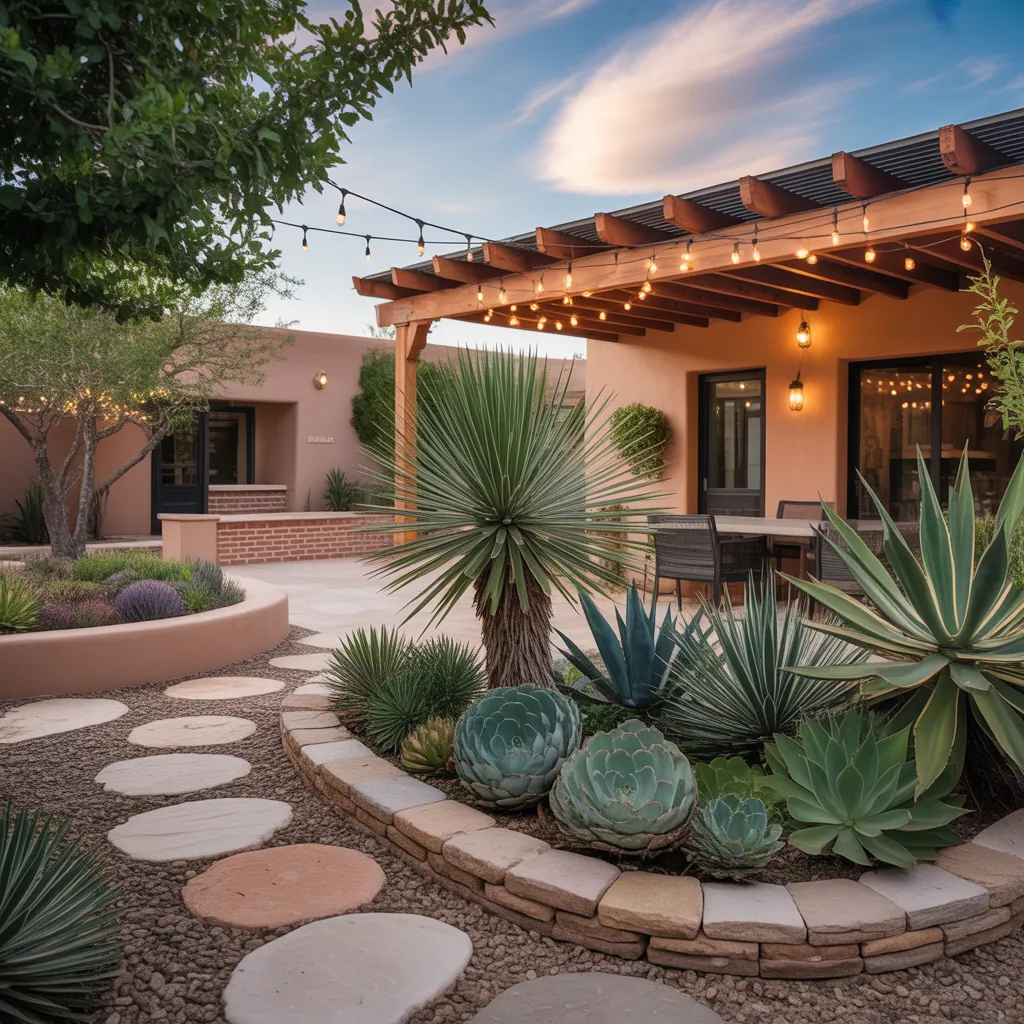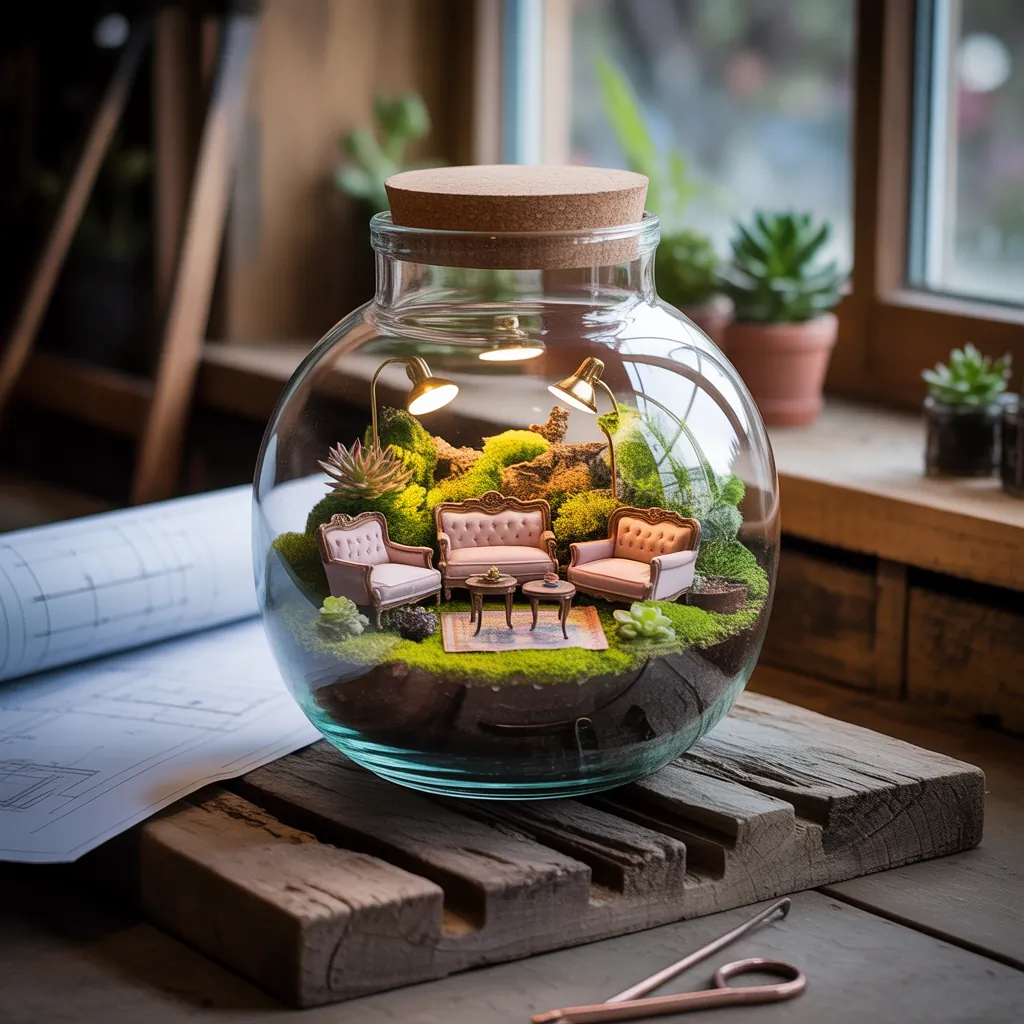Ever stood in your yard after a hot summer week wondering how to stop the dead grass look and still host a backyard barbecue without spending hours watering? If your South Texas lawn feels more like a challenge than a retreat, you’re not alone. Whether you’re a DIY homeowner or planning small improvements, these ideas for South Texas landscaping will help you save water, reduce maintenance, and create an outdoor space that actually thrives in the heat.
Why South Texas landscaping needs a different approach
South Texas presents a unique mix of blazing summers, occasional freeze events, alkaline clay or sandy soils, and unpredictable rainfall. Traditional lush lawns often demand expensive irrigation and constant care. The smarter approach combines drought-tolerant plants, smart irrigation, strategic shade, and well-chosen hardscape to create a sustainable, beautiful yard that fits the climate rather than fights it.
Practical ideas for South Texas landscaping
Below are hands-on design concepts, DIY tips, and step-by-step projects tailored to homeowners in the region. These ideas focus on conserving water, maximizing curb appeal, and being achievable as weekend projects.
Xeriscaping: design basics and plant choices
Xeriscaping doesn’t mean desert monotony — it means thoughtful plant selection and layout. Choose native and adapted plants like Texas sage, lantana, salvia, yucca, gulf muhly, and native salvias that handle heat and drought. Use contrasting textures and colors to keep interest year-round.
- Plant groups: cluster plants with similar water needs to simplify irrigation.
- Color palette: silver-gray foliage (e.g., santolina), purple blooms (salvia), and pink/peach (texas sage) create a cohesive look.
- Accent with ornamental grasses like Gulf Muhly for seasonal visual drama.
DIY project: build a water-wise planting bed (step-by-step)
- Choose location: pick a sunny site or drip-line shade area near an irrigation connection.
- Mark and remove sod: cut out existing grass with a shovel or sod cutter to a depth of 3-4 inches.
- Amend soil: mix in compost (2–3 inches) to improve structure and drainage if needed.
- Lay drip irrigation: install a simple drip line with emitters spaced for each plant (reduces evaporation vs. sprinklers).
- Plant: group by height—tall at the back, mid-height in the center, low and spreading at the front.
- Mulch: apply 2–3 inches of organic mulch or pea gravel to retain moisture and suppress weeds.
- Water in and observe: water deeply at installation, then taper based on plant needs and season.
Hardscaping: shade, seating, and low-maintenance surfaces
Hardscape reduces thirsty lawn area and creates usable outdoor rooms. Consider:
- Decomposed granite pathways—porous, affordable, and cool underfoot when shaded.
- Small patios with pavers or concrete—positioned to catch evening sun and breeze.
- Shade structures: a simple pergola, shade sail, or native trees like live oak provide cooling relief and extend outdoor living time.
Smart irrigation and water-saving tips
Efficient watering is key to low-maintenance landscaping in South Texas. Use drip systems for beds, smart timers, and rain sensors. Water early in the morning to reduce evaporation and encourage deep root growth. Replace portion of lawn with mulch, drought-tolerant groundcovers, or gravel to reduce watering demands.
Low-maintenance lawn alternatives
If you want green without the hassle, try these options:
- Zoysia or Bermuda in drought-tolerant varieties—establish slowly but resilient.
- Native groundcovers like Asian jasmine in shaded spots.
- Mixed-material design: intertwine gravel walkways with planting pockets and paver “islands.”
Seasonal care and maintenance checklist
Simple seasonal routines keep your South Texas landscape healthy:
- Spring: prune native shrubs, topdress beds with compost, check irrigation.
- Summer: mulch to conserve moisture, monitor for pests, adjust watering during heat waves.
- Fall: plant new specimens (cooler temps help establishment), trim grasses after blooms fade.
- Winter: protect tender plants during unexpected freezes (frost cloth, mulch mounds).
Design inspiration: creating curb appeal that fits the climate
Imagine a front yard with a decomposed granite walkway, a cluster of purple salvias and silver-leaf shrubs, a small native oak for shade, and a seating nook with potted succulents. Accent lights along the path and a drip-irrigation timer set to early morning create a welcoming, low-water façade that stands out in the neighborhood.
If you enjoy hands-on projects, check out our DIY projects collection for more outdoor step-by-steps. For overall aesthetic guidance, our home design ideas hub shows how exterior materials and color palettes work together. And if you’re planning indoor updates to match your refreshed yard, see our tips on kitchen upgrades to carry style through your home.
Frequently Asked Questions
What plants thrive in South Texas landscaping?
Native and adapted species like Texas sage, lantana, salvia, yucca, gulf muhly, and various succulents perform well. Choose plants labeled “drought-tolerant” and suited to local hardiness zones for best results.
How can I water efficiently in a South Texas yard?
Use drip irrigation for beds, smart controllers or timers, and water early in the morning. Group plants by water needs, mulch beds to retain moisture, and replace thirsty turf with low-water alternatives where possible.
Is xeriscaping expensive and difficult to install?
Initial costs vary depending on materials and plants, but xeriscaping often saves money over time through lower water bills and reduced maintenance. Many elements (mulch beds, native plant installation, laying drip lines) are approachable as DIY weekend projects.
Conclusion — Start transforming your yard with smart ideas for South Texas landscaping
South Texas landscaping doesn’t have to be a water-guzzling chore. With the right plant palette, smart irrigation, practical hardscape, and a few weekend DIY projects, you can create a drought-tolerant, beautiful outdoor space that fits your lifestyle. Pick one small project—replace a strip of lawn with a xeriscape bed or install drip irrigation—and watch your yard transform. Ready to get started? Try a simple planting bed this weekend and share your progress with your neighbors or on your own project log.
Call to action: Want step-by-step help? Browse our DIY projects for more outdoor tutorials, or contact a local landscape professional to get a custom plan for your South Texas property.



